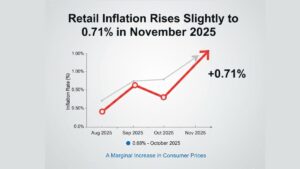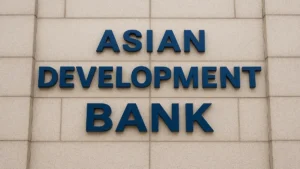The Government of India has introduced a Floating Rate Bond (FRB) maturing in 2034, with the Reserve Bank of India (RBI) declaring an 8% interest rate for the Floating Rate Savings Bond (FRSB) 2034. This bond offers a variable interest rate that resets every six months, reflecting market conditions.
Interest Rate Mechanism
The interest rate for the FRB is determined by averaging the yields of recent auctions for short-term government debt, such as Treasury Bills. This rate adjusts every six months. For the period from April 30, 2024, to October 29, 2024, the interest rate stands at 8%.
Additional Details
- The 8% interest rate is derived from the average of interest rates from the previous three auctions of short-term government debt, supplemented by a fixed additional amount of 0.98%.
- FRBs have a maturity period of seven years, with a minimum investment of Rs 1,000 and no maximum limit.
- Interest payments are made semi-annually on January 1 and July 1, without provisions for cumulative interest payments.
- Floating-rate bonds offer flexibility, adjusting their interest rates based on prevailing market conditions, making them suitable for conservative investors seeking stable returns.
- They are backed by the government of India, ensuring they are one of the safest investment options.
- While FRBs provide full capital protection, they lack inflation protection, potentially resulting in no real returns when inflation surpasses the interest rate.
- These bonds are not listed or traded, and loans cannot be taken against them. Premature encashment is allowed with penalties for senior citizens after a minimum lock-in period, varying from four to six years based on age brackets.
Considerations for Investors
Floating-rate bonds are ideal for conservative investors seeking assured returns over a fixed tenure. However, they may not be suitable for those willing to assume higher risks for potentially higher returns, who may consider alternatives like balanced mutual funds, bank fixed deposits, or company deposits.




 Retail Inflation Rises Slightly to 0.71%...
Retail Inflation Rises Slightly to 0.71%...
 India’s Foreign Reserves Touch $687.26 B...
India’s Foreign Reserves Touch $687.26 B...
 ADB Raises India’s Growth Forecast to 7....
ADB Raises India’s Growth Forecast to 7....







